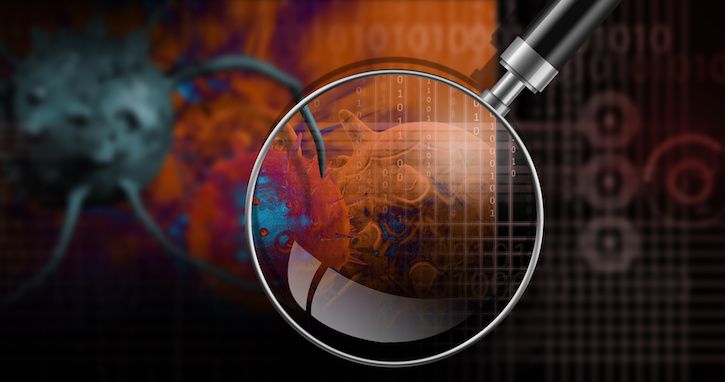How Big Data is Changing Breast Cancer Treatment
A recent study linked cancer cell shapes to gene expression.

A recent study that took a big-data approach to breast cancer has yielded a map linking breast cancer cell shapes to genes. This map may help doctors choose optimal therapeutic options when treating patients with the disease.
The study, which was published in Genome Research, involved data sets that included more than 300,000 breast cancer cells and more than 28,000 genes. Researchers used these data sets to link cell shapes to the cancer-causing genes.
Further analysis revealed that when a cell changes shape, it’s often due to physical pressure. Researchers later determined that that same force caused changes in gene activity. Additional scrutiny of the data revealed that these alterations in gene activity were linked to patient outcomes.
One of the researchers, Dr. Chris Bakal, touted the expediency of the big data approach in a news release pertaining to the study.
“We used ‘big data’ approaches to carry out a complex analysis that would once have taken decades in a matter of months. The maps we’ve created of cell shapes and their effects on gene activity provide important pointers to new forms of cancer treatment, and ways of making existing therapies more effective.”
Among the team’s findings, researchers identified NF-kappaB as a central protein in the link between cell shape and genes. This protein, they discovered, may facilitate proliferation and metastasis of cancer cells.
This is an important discovery, researchers said, because NF-kappaB is rarely a contributing factor to solid cancers. Therefore, it must be the surrounding forces that are contributing to disease progression by triggering the gene, the study said.
“The maps we’ve created of cell shapes and their effects on gene activity provide important pointers to new forms of cancer treatment, and ways of making existing therapies more effective,” Bakal said.
A version of this story first appeared on our sister website, Specialty Pharmacy Times®.
Related
Study Highlights Power of IBM Watson’s AI for Genomic Sequencing
Worldwide Smartphone Study Models Correspondence Between Inactivity, Obesity